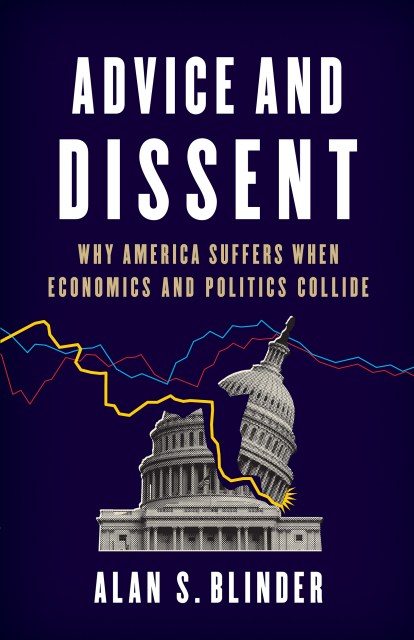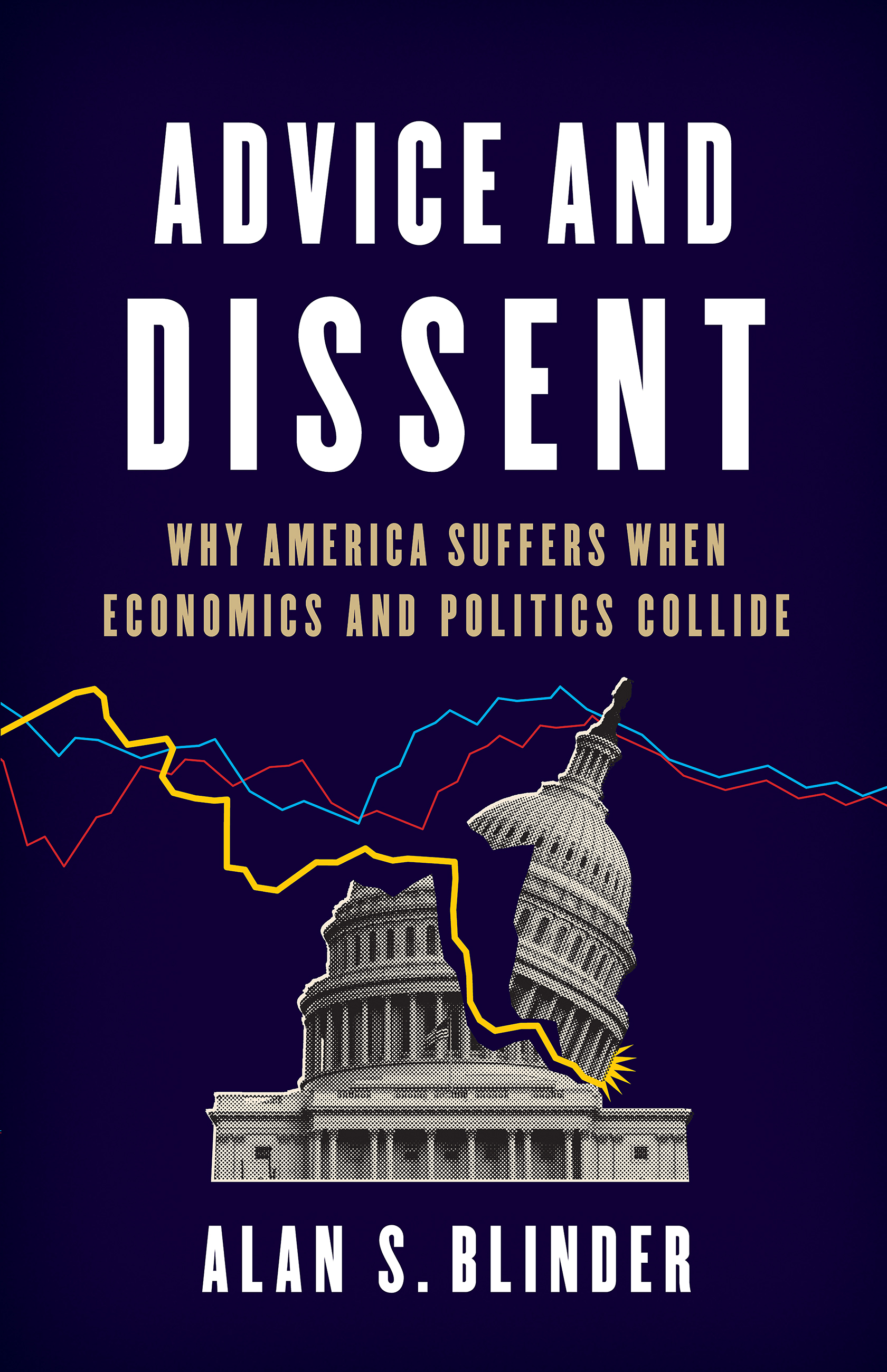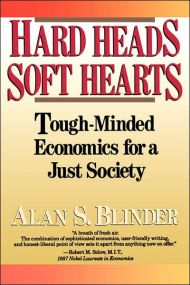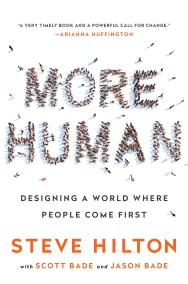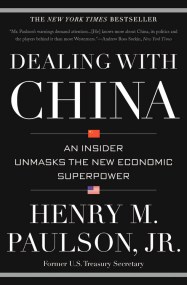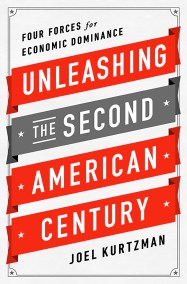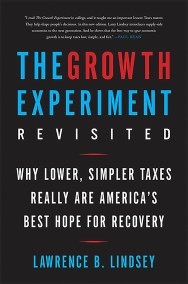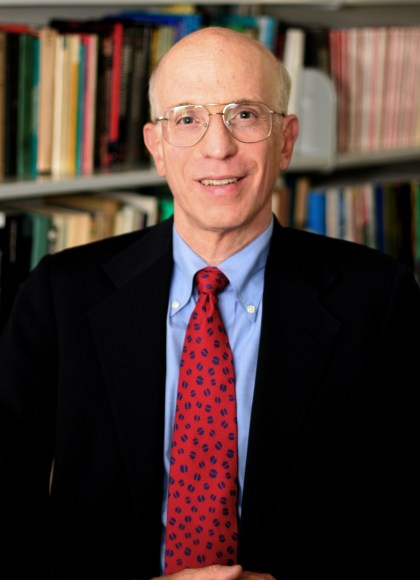Promotion
Use code BEST25 for 25% off storewide. Make sure to order by 11:59am, 12/12 for holiday delivery!
By clicking “Accept,” you agree to the use of cookies and similar technologies on your device as set forth in our Cookie Policy and our Privacy Policy. Please note that certain cookies are essential for this website to function properly and do not require user consent to be deployed.
Advice and Dissent
Why America Suffers When Economics and Politics Collide
Contributors
Formats and Prices
- On Sale
- Mar 27, 2018
- Page Count
- 368 pages
- Publisher
- Basic Books
- ISBN-13
- 9780465094189
Price
$18.99Price
$24.99 CADFormat
Format:
ebook $18.99 $24.99 CADThis item is a preorder. Your payment method will be charged immediately, and the product is expected to ship on or around March 27, 2018. This date is subject to change due to shipping delays beyond our control.
Buy from Other Retailers:
American economic policy ranks as something between bad and disgraceful. As leading economist Alan S. Blinder argues, a crucial cultural divide separates economic and political civilizations. Economists and politicians often talk — and act — at cross purposes: politicians typically seek economists’ “advice” only to support preconceived notions, not to learn what economists actually know or believe. Politicians naturally worry about keeping constituents happy and winning elections. Some are devoted to an ideology. Economists sometimes overlook the real human costs of what may seem to be the obviously best policy — to a calculating machine. In Advice and Dissent, Blinder shows how both sides can shrink the yawning gap between good politics and good economics and encourage the hardheaded but softhearted policies our country so desperately needs.
Newsletter Signup
By clicking ‘Sign Up,’ I acknowledge that I have read and agree to Hachette Book Group’s Privacy Policy and Terms of Use
